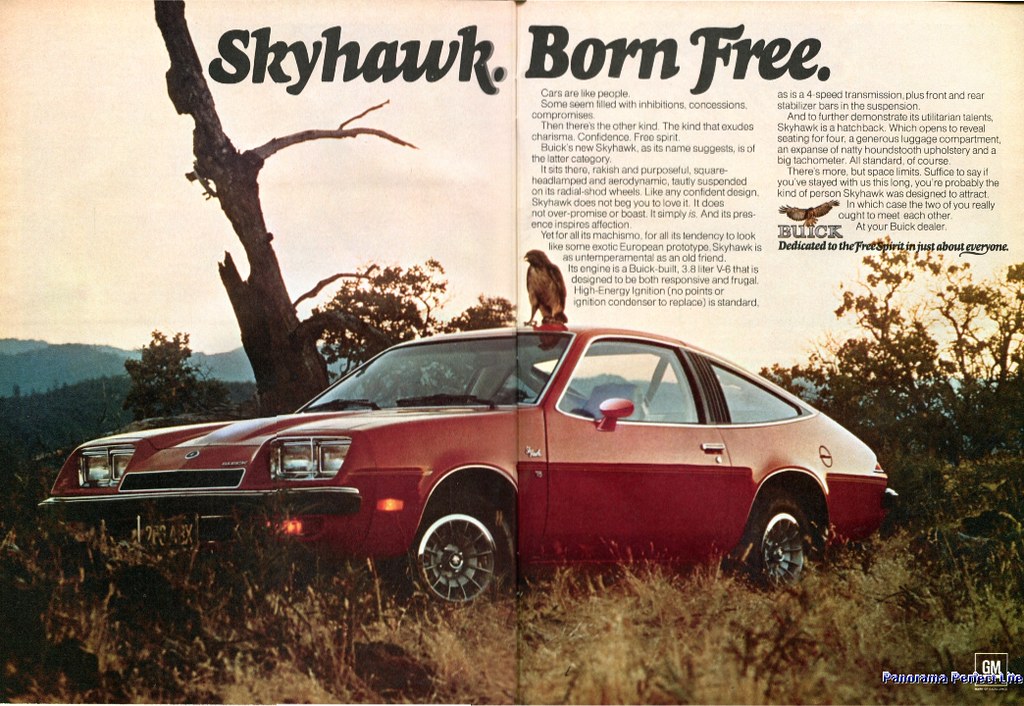False advertising is unlawful under federal and state laws. If you have been the victim of false advertising, you need legal advice and counsel from false advertising attorneys. False advertising laws are complex and, so, you need the best litigation team. Generally, consumers have many rights and the ability to sue under false advertising laws. But, business competitors have the additional right and ability to sue for false advertising under the Section 43(a) of the Lanham Act (which is the main US trademark law). Importantly, the US Supreme Court has defined “competitor” very broadly, so the victim of false advertising need not be a direct competitor or a competitor as one might commonly define that term. What is required is that the victim have suffered “an injury to a commercial interest in sales or business reputation caused by the defendant’s misrepresentations.” Here are some basics of suing for false advertising under the Lanham Act.
What are false advertising examples?
Generally, under the Lanham Act, two types of false advertising are distinguished:
- Literally false statements
- Statements that are true, but are likely to be misleading, confusing or deceptive
The first type of false advertising is the easiest to prove. But, if a statement is shown to be literally true, then the burden of proof shifts to the victim to prove that the statement is misleading, confusing or deceptive.
Note that statements of opinion or general claims of “puffery” are not actionable as false advertising. As an example, in the famous case involving Papa John’s Pizza, the phrase “Better Ingredients, Better Pizza” was deemed non-actionable puffery.
What does a victim of Lanham Act false advertising have to prove?
Generally, to succeed on a Lanham Act false advertising claim, the victim must prove five legal elements. These are:
- The party being sued — the defendant — made one or more false or misleading statements of fact
- Said statement or statement were used in a commercial advertisement or promotion and
- Said statement or statement were used in interstate commerce
- That the falsity or deception was material
- That caused competitive or commercial injury to the plaintiff
As noted above, a literal false statement is the easiest type of case to prove. Thus, for example, when a false statement is proven, courts will generally assume that that the fourth element — materiality — has been met.
What relief can be obtained in false advertising litigation?
A victim of Lanham Act false advertising can obtain various relief from a court if the litigation is successful. First, and foremost, the victim can obtain injunctive relief which means that the court can order the defendant to stop using the statement, advertising or promotion. Second, if actual damages are proven — such as the diversion of customers and lost profits — then a money judgment can be obtained for the victim. Under some circumstances, the defendant can be required to disgorge their profits. In certain other cases, attorneys’ fees can be awarded.
Contact Revision Legal
If you need an experienced false advertising lawyer, call Revision Legal. We are false advertising attorneys with proven experience in vindicating our clients’ rights, protecting IP rights and successfully navigating complex litigation. You can contact us through the form on this page or call (855) 473-8474.




